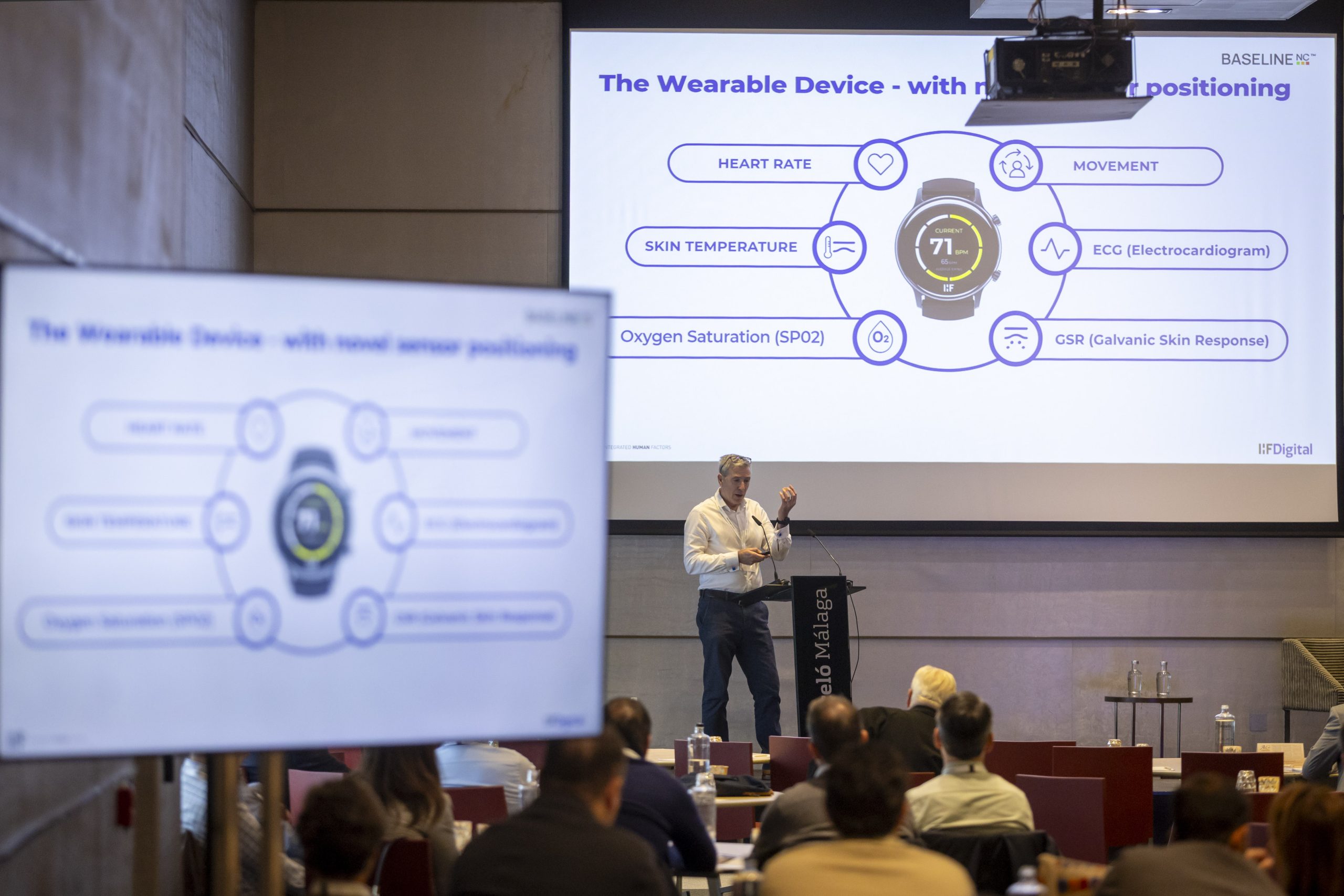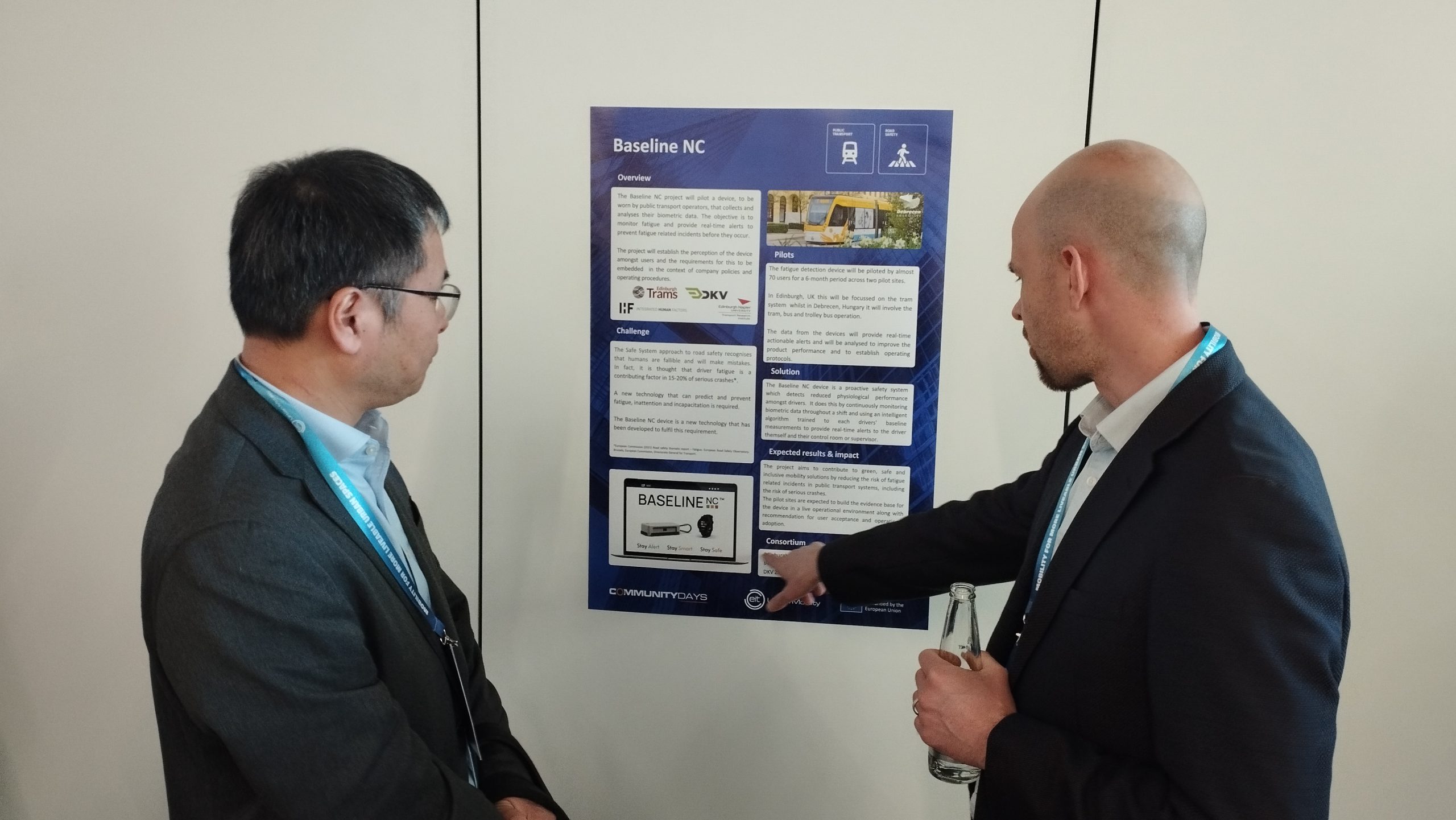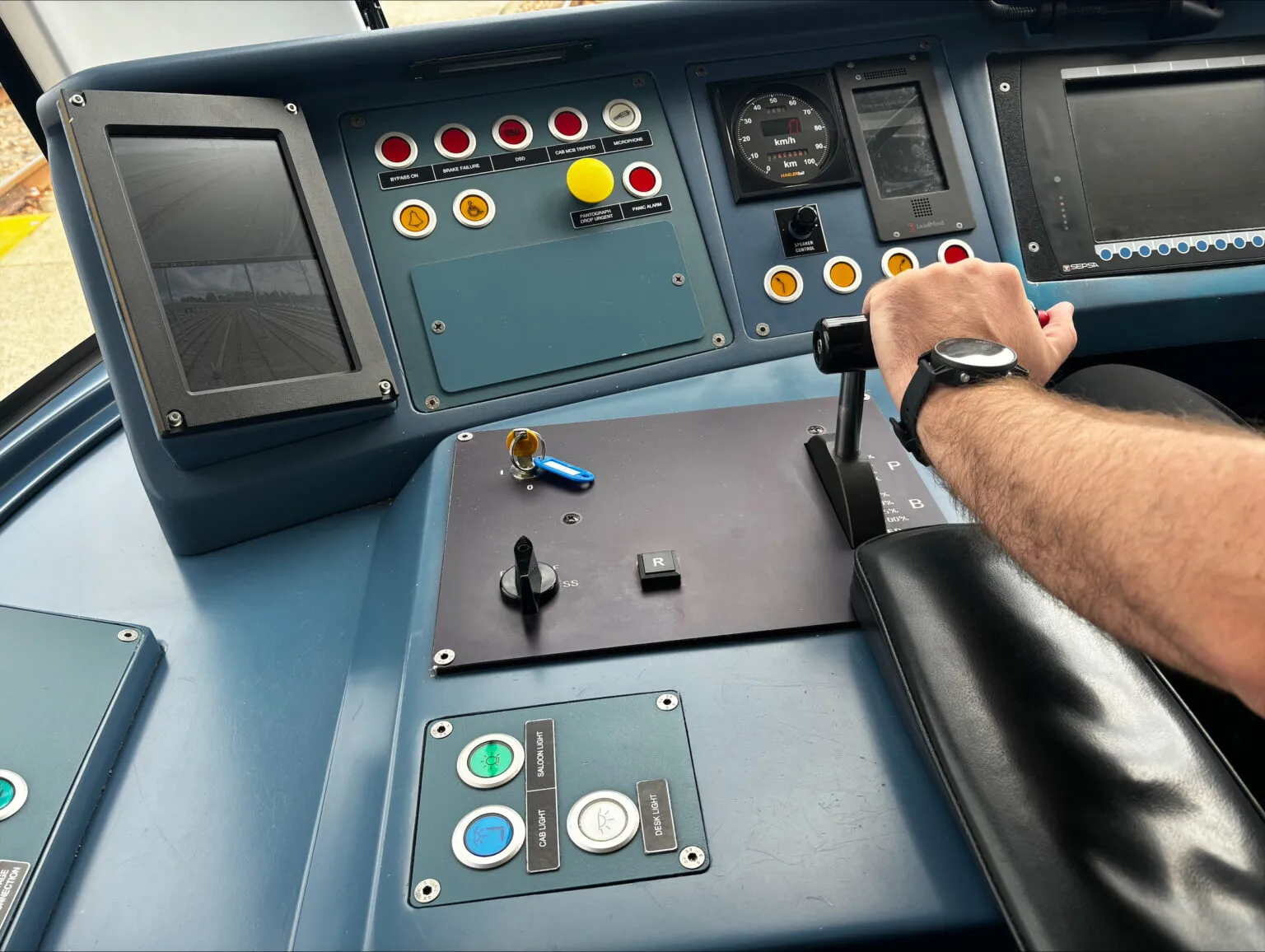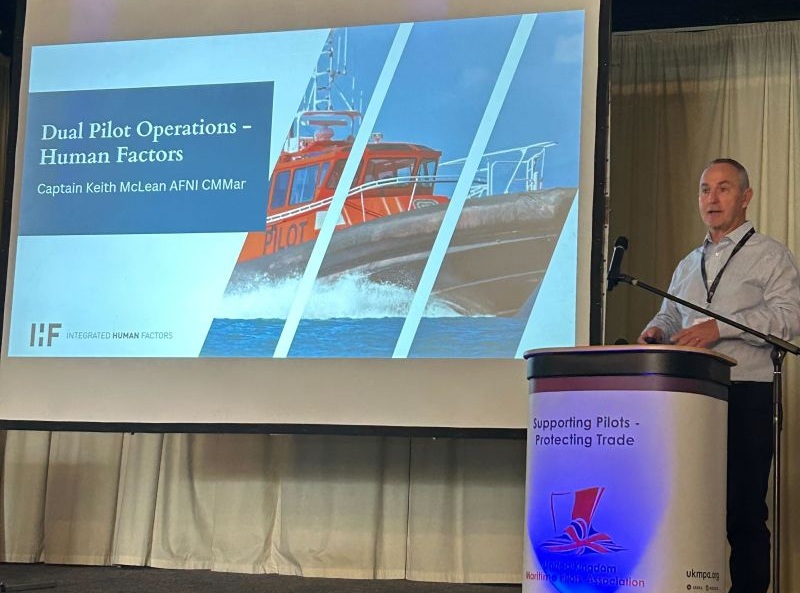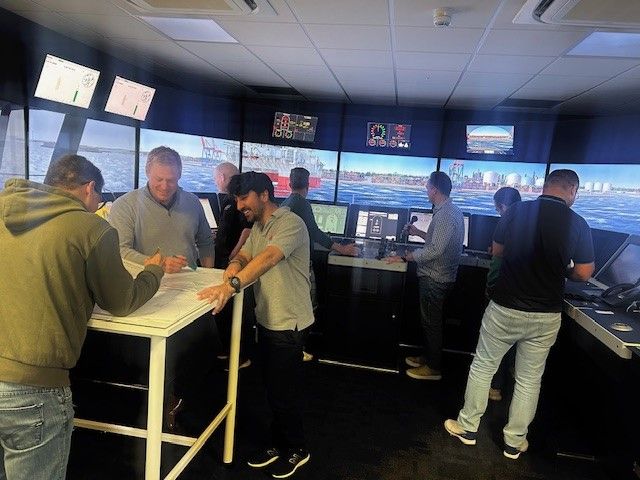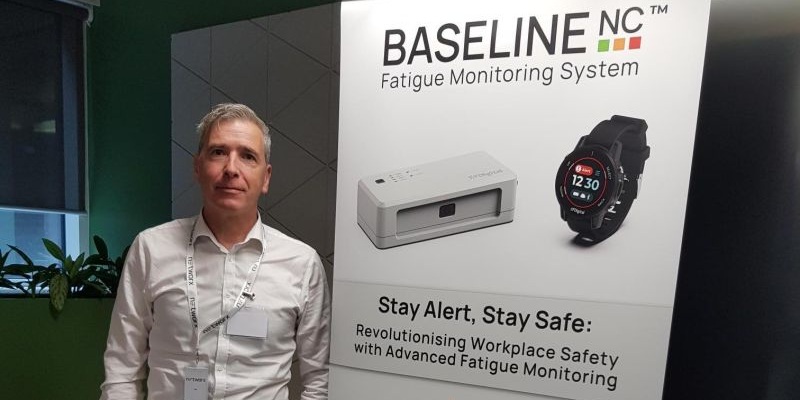VR is becoming more and more useful in the workplace. Immersive environments are being utilised in a number of industries including military training and urban design. At IHF, we are excited to be investigating opportunities developing the use of VR as a training and research tool.
Currently it is difficult to produce accurate training scenarios, where a variety of pressures can be applied without using large scale and highly expensive simulators. VR is becoming an increasingly viable option as cyber-physical interfaces becoming increasingly immersive. This provides an interesting opportunity for high-risk industries. Further development of VR interfaces and immersive environments will create an excellent training and research tool for assessing and training non-technical skills. In this article, IHF provide five examples of questions, that could be asked when using virtual environments for training:
- Virtual Environments provide an opportunity to assess how non-technical skills such as teamwork are affected by stressful or potentially dangerous situations. Although ethics must be considered, this technique allows for assessment in environments which could not otherwise be assessed without endangering those involved.
- Fatigue Onset is an important research focus within human factors. As flight simulators improve; fatigue onset risk research will improve with it. However, opportunities within fully immersive environments would allow for sensory overload and give researchers many options for assessing fatigue risk management.
- Alarm Habituatlisation is one topic where VR can quickly be of use. Control rooms are environments with large numbers of alarms, each inferring a different warning. Operators who are constantly situated in these environments may become habitualised to certain alarm sounds that may affect their response to warning alarms. VR environments will give researchers a way to assess these habitualisations.
- Environments requiring divided attention can increase the chance of human error. VR interfaces can create multiple sensory distractions. This would allow for closer study into the area of divided attention and what risks it contributes to the industry involved.
- Finally, fully immersive environments would allow for training in accurately represented high pressure scenarios, without the associated risks. Within these environments it would also be possible to identify risk factors that may not have previously been identified or investigated.


